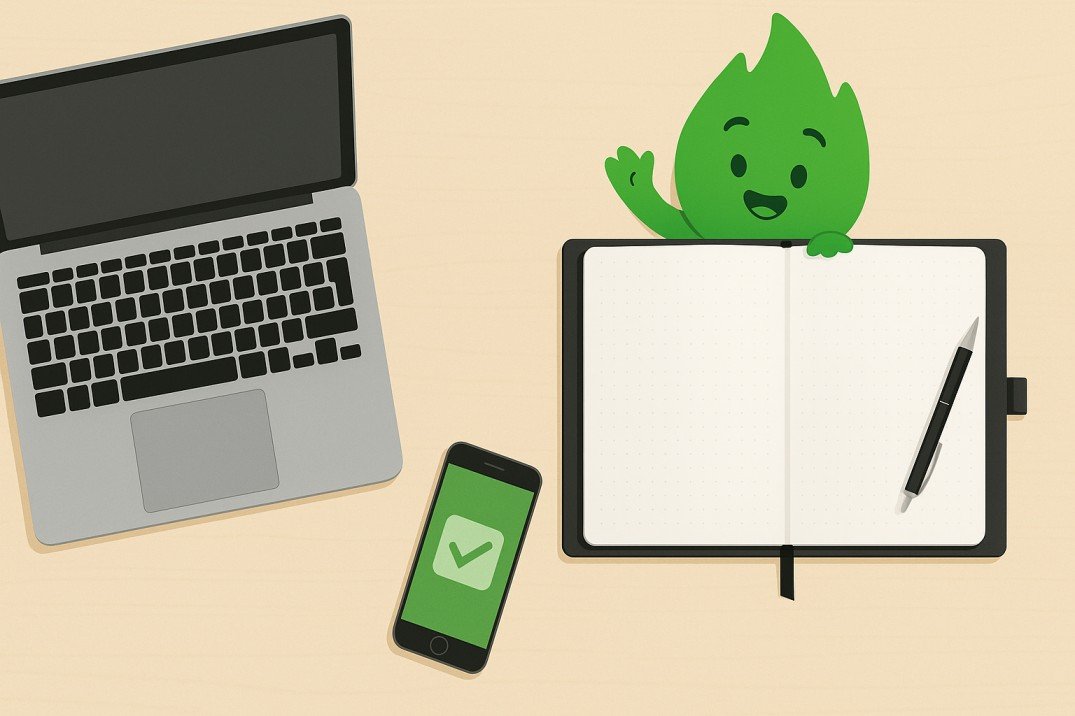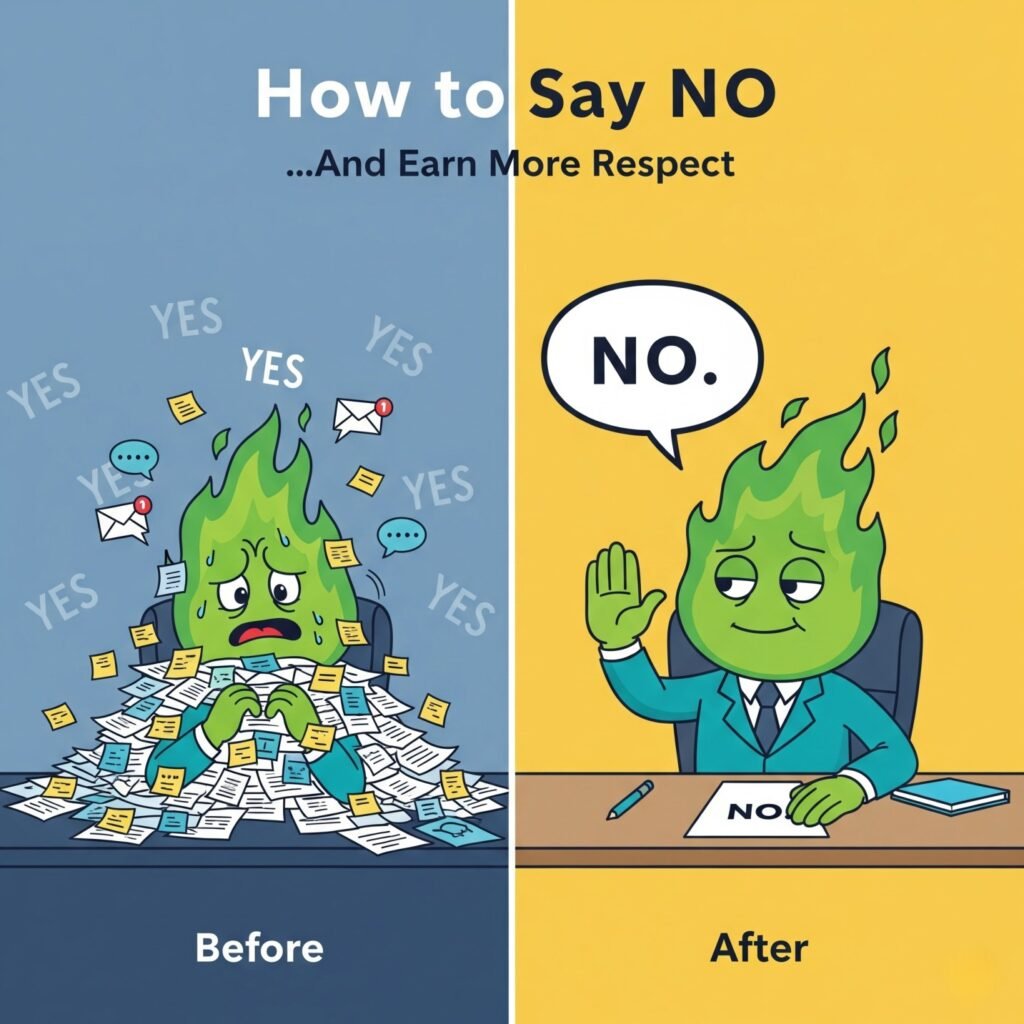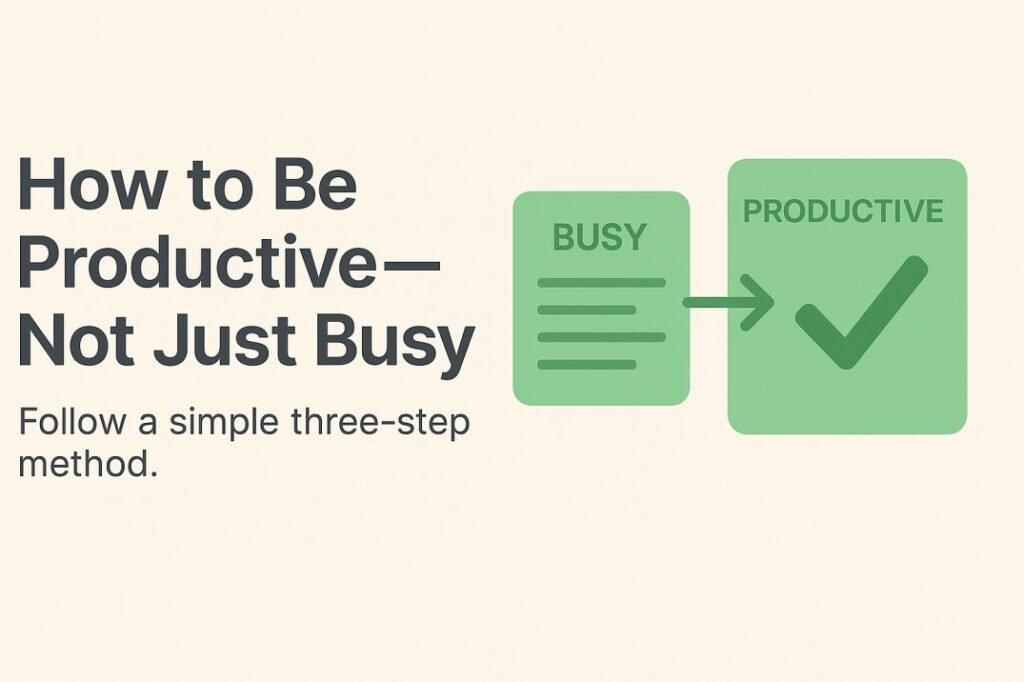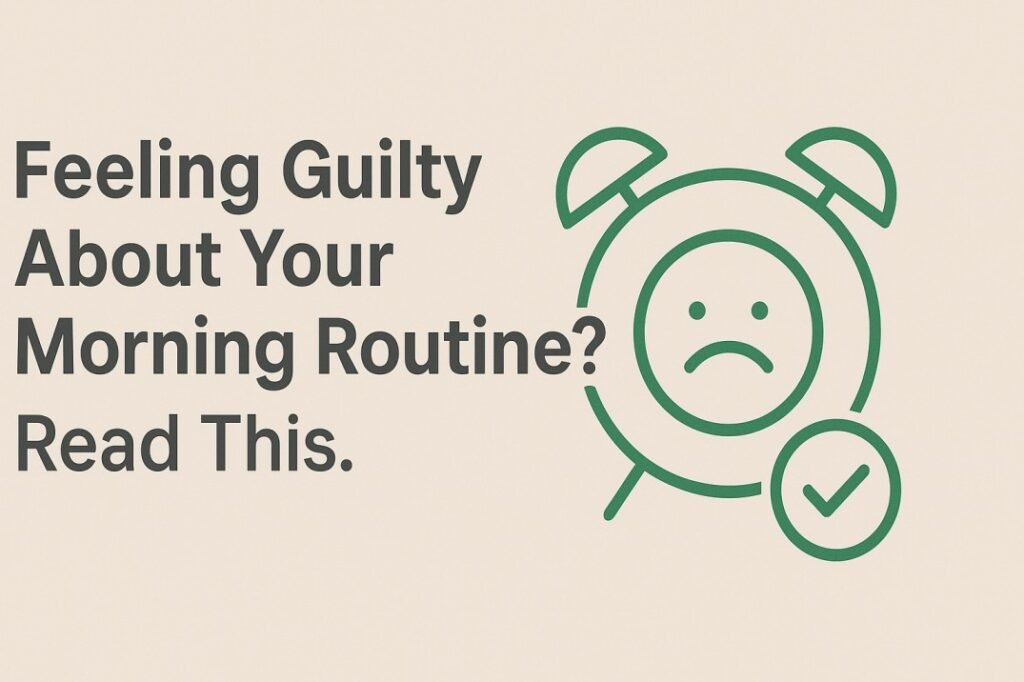Tired of the Chaos? 5 Steps to Build a Productivity System That Actually Works
Does your to-do list feel more like a wish list? Are you drowning in emails, notifications, and the nagging feeling you’ve forgotten something important? If so, you’re not alone. In our culture of non-stop busyness, “productivity” has become a code word for burnout. But what if you could change that?
A real productivity system isn’t about doing more; it’s about doing what matters. It’s a personalized framework you design to manage your time, attention, and energy, freeing you from stress and creating space for the work—and life—you want. Think of it as an external hard drive for your brain, one that lets you focus, think clearly, and finally take control.
Forget the one-size-fits-all apps and trendy methods. Here are five foundational steps to architect a system that fits you.
1. Start with Your “Why”
Before you download a single app, you need to know what you’re optimizing for. The most common reason a productivity system fails is that it’s disconnected from what you truly value. You end up on a highly efficient “hamster wheel,” busy but unfulfilled, which is a direct path to burnout. The first and most critical step is a personal audit.
First, identify your core values—the 3-5 principles that guide you, like “creativity,” “security,” or “growth”. Then, diagnose your biggest pain points. What keeps you up at night? Is it forgotten tasks, an overflowing inbox, or unfinished projects? Finally, set a few long-term goals using the SMART framework: Specific, Measurable, Achievable, Relevant, and Time-bound. This foundation ensures every task you manage and every hour you schedule is pushing you toward a life you actually want to live.
Key Takeaway: A system without a purpose is just a fancy to-do list. Before choosing any tools, define your core values, biggest struggles, and long-term goals. This is the “why” that will fuel your “how.”
2. Get Everything Out of Your Head
Productivity expert David Allen famously said, “Your brain is great at thinking but terrible at remembering things”. Trying to use your mind as a storage device for every task, idea, and deadline creates constant mental clutter and anxiety. The most liberating step you can take is to externalize everything.
Your system’s primary job is to be a trusted, external place for all your mental “stuff”. This starts with a “mind sweep”—a process of writing down every single commitment, idea, and “open loop” that’s taking up space in your head. Don’t organize it yet. Just get it all out and into an “inbox,” which could be a specific page in a notebook or the inbox of a digital task manager. When you trust that everything is captured elsewhere, your brain is free to do what it does best: focus, solve problems, and think creatively. For more on this, explore our Beginner’s Guide to the GTD Method.
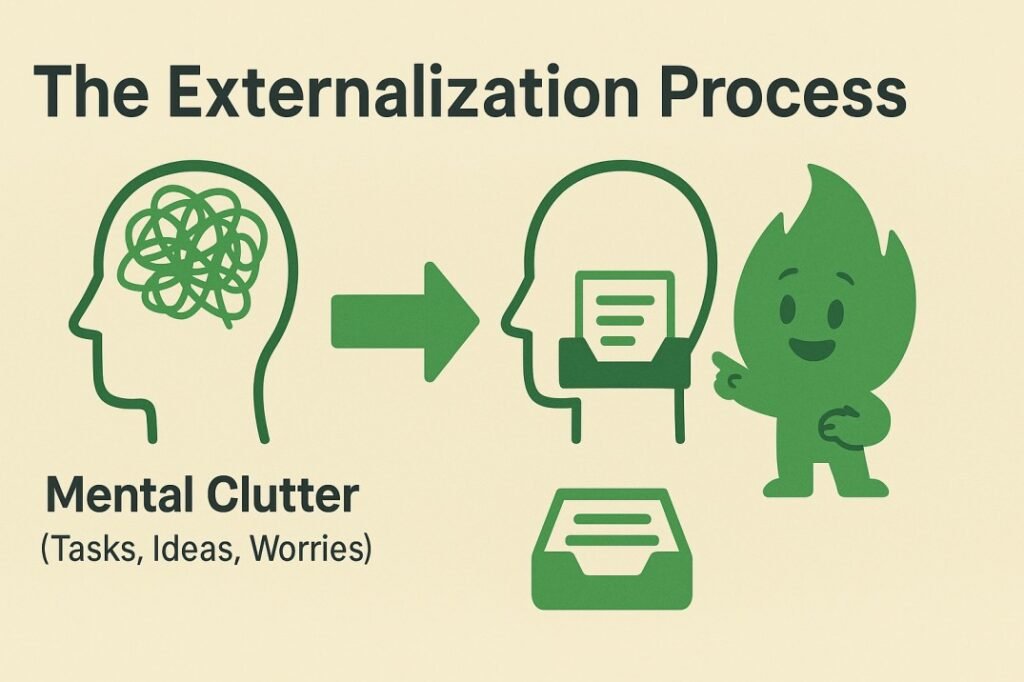
Key Takeaway: Stop using your brain as a to-do list. The foundational habit of any system is capturing every task and idea in a trusted external inbox to free up your mental energy.
3. Prioritize Ruthlessly (and Learn to Say “No”)
Once everything is out of your head, you can look at it objectively. But in a world of infinite demands, you need a way to distinguish the vital few from the trivial many. Without clear priorities, you’ll fall into the “urgency trap,” reacting to whatever is loudest instead of what’s most important.
One powerful tool is the Eisenhower Matrix, which sorts tasks by urgency and importance, forcing you to focus on Quadrant 2: important, but not urgent activities like long-term planning and relationship building. Another is the 80/20 Rule, which suggests 80% of your results will come from just 20% of your efforts. But identifying priorities is only half the battle. You also have to protect them. As Warren Buffett said, “really successful people say no to almost everything”. Learning to say “no” gracefully isn’t rude; it’s a non-negotiable skill for creating the space to do your best work. For more on this, check out our popular post on How to Say No at Work.
Key Takeaway: You can do anything, but not everything. Use a framework like the Eisenhower Matrix to identify your most important tasks, then protect your time by saying “no” to low-value requests.
4. Choose Your Tools: Why a Hybrid System Is Best
The endless debate over analog versus digital tools misses the point. The most effective productivity systems are often hybrid, leveraging the unique strengths of both pen-and-paper and apps. The right question isn’t “Which is better?” but “Which tool is best for this specific task?”.
Analog tools, like a notebook or index card, are perfect for “thinking”. The physical act of writing improves focus and memory, and the distraction-free nature of paper is ideal for brainstorming, journaling, and setting your top daily priorities. Digital tools, on the other hand, are built for “execution.” They offer limitless storage, powerful search, collaboration features, and automation for managing complex projects and archives. A powerful hybrid model is “paper for thinking, digital for execution”. You can brainstorm and plan your day in a notebook, then transfer actionable items to a digital task manager for tracking and long-term storage.
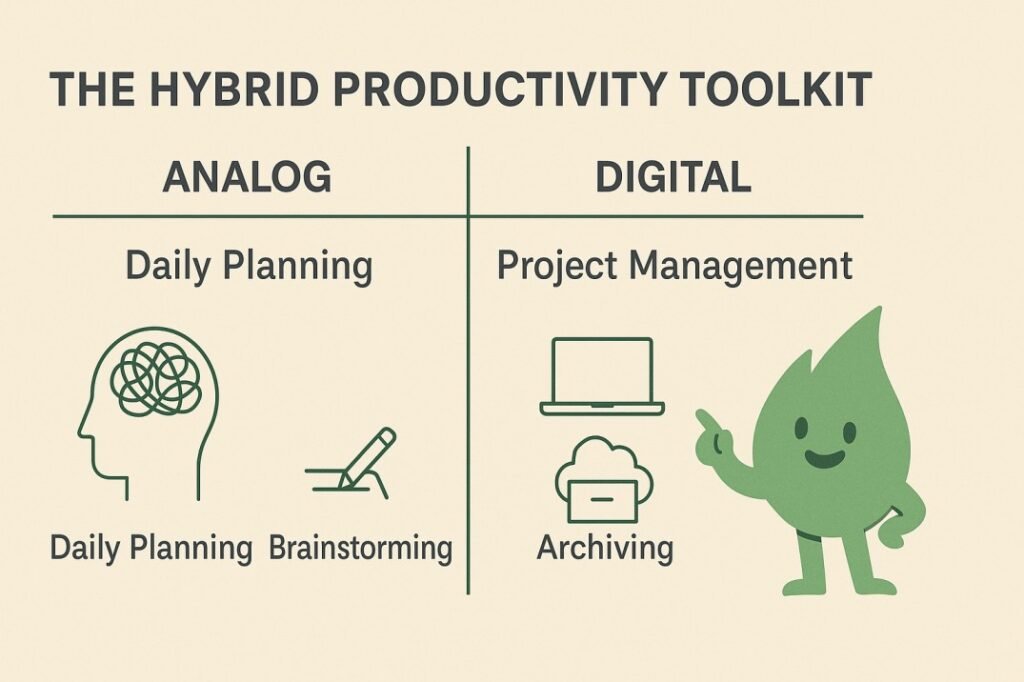
Key Takeaway: Don’t choose between paper and pixels. Use a hybrid system: analog tools for daily focus and creative thinking, and digital tools for long-term project management and storage.
5. Make It a Habit: The Power of the Weekly Review
A productivity system without a regular review is like a garden without a gardener—it will quickly become an overgrown source of stress. The single most critical habit for keeping your system alive and aligned is the weekly review. This is your dedicated time to step back, get organized, and ensure your daily actions are still connected to your long-term goals.
The review has three phases:
- Get Clear: Process all your inboxes (physical and digital) and do a “mind dump” to capture any new open loops.
- Get Current: Review your action lists, project statuses, and calendars to make sure everything is up-to-date.
- Get Creative: Reflect on your long-term goals and intentionally plan the week ahead.
This ritual transforms your system from a static set of lists into a dynamic command center for your life. It is the engine of sustainable productivity and your best defense against feeling overwhelmed. Learn how to master this habit with our Free Weekly Review Checklist.
Key Takeaway: Your system is only as good as your review process. Schedule one hour every week to clear your inboxes, update your projects, and plan ahead. This one habit is the key to long-term success.
Conclusion: From Getting More Done to Living Intentionally
Building a personal productivity system is a journey, not a destination. Its ultimate goal isn’t just to help you check more boxes; it’s to create the mental and temporal space for an intentional life. By externalizing tasks, clarifying priorities, and building habits, you reduce stress and free your mind to focus on what truly matters.
Ready to start building? Don’t try to do everything at once. Pick one of these three actions to start today:
- Do a 15-minute “Mind Sweep”: Grab a piece of paper and write down everything on your mind. Just get it out.
- Define Your Top 3 Priorities: Write your three most important tasks for tomorrow on a physical index card.
- Schedule Your First Weekly Review: Block one hour in your calendar for this Friday or Sunday. Protect that time.
What’s one productivity tip that has changed the game for you? Share your experience in the comments below!

